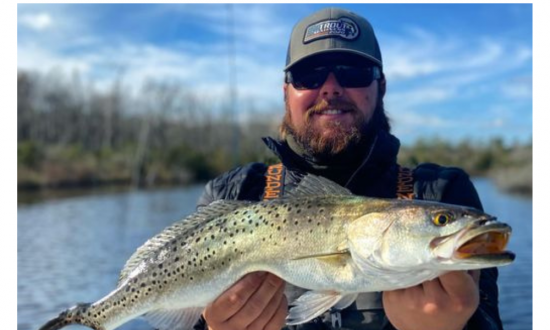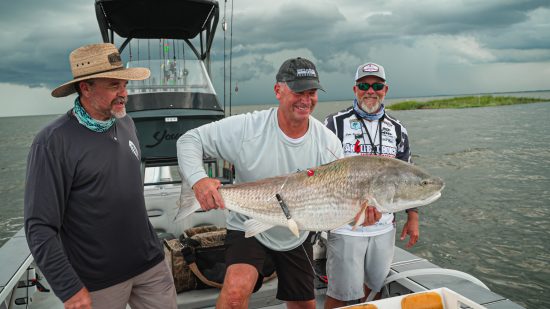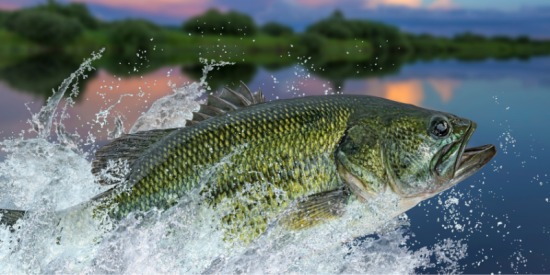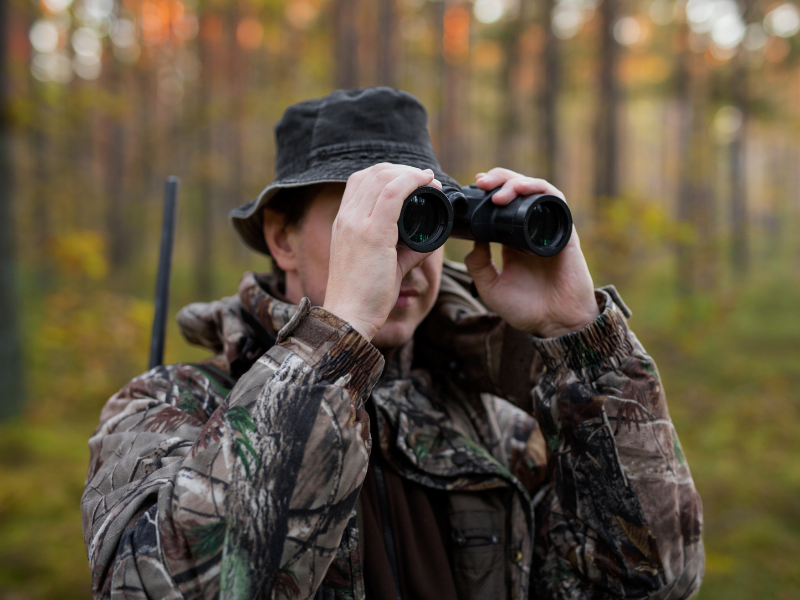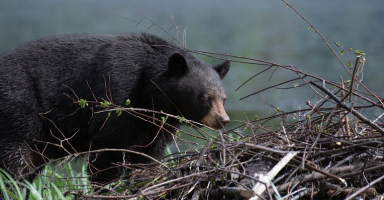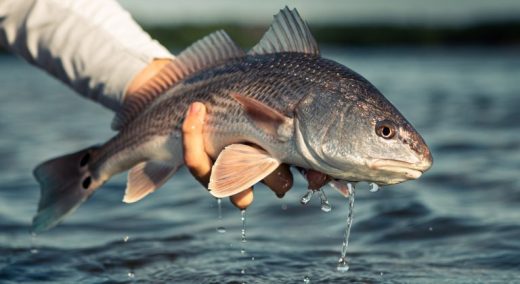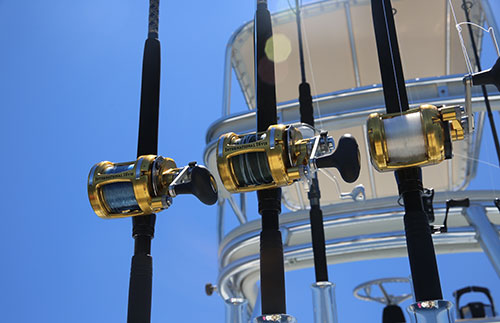I learned a long time ago that a whitetail doesn’t care about what name is stitched on your jacket or how new your boots look. A deer judges you by one thing—whether you stand out in its world or disappear into it. And for hunters across the Carolinas, learning how to “vanish” is almost a rite of passage.
My lesson started years ago on a cool October morning, sitting at the base of a sweetgum tree just as dawn washed into the hardwoods. I remember thinking I looked the part: brand-new green camo, clean gloves, spotless boots. I might as well have lit a flare. A mature doe stepped into a clearing, froze, and stared straight through me. One stomp of her foot and she was gone, taking her chance with her.
That’s when an old friend gave me the best advice I’ve ever gotten:
“Son, the woods have seasons. Your camo ought to, too.”

Early Season – The Green World
Early in the year—September creeping into early October—the Carolina woods are thick, tangled in green, dripping with shadows. Back then, I didn’t understand contrast. I didn’t realize that the early season calls for patterns built on greens and softer browns, the kind that melt you into brambles and vine-covered pines.
Mossy Oak Greenleaf, Realtree Edge—those patterns don’t just hide you; they blend you into the living, breathing woods. When the leaves are still full and the sun sneaks through in broken pieces, your job is simple: blend with life, not bark.
The Rut – Browns, Bark, and Opportunity
When late October rolls into November, everything changes. The air sharpens, the leaves turn rust and gold, and the woods thin just enough to make a hunter feel exposed. This is when the colors shift—bark grays, tree trunks, and those perfect mid-tone shadows.
Mossy Oak Bottomland becomes a religion this time of year. Realtree Timber too. Both patterns break up your outline better than anything I’ve ever worn. And during the rut—when bucks are running wide-eyed and reckless—you want to look like nothing more than another piece of the forest.

Late Season – Vanishing Into Winter
By December, the woods are naked. The sky shows through the treetops, and the world settles into grays and muted browns. I learned to swap the green patterns for camo built on winter tones: Sitka Elevated II, Predator Fall Gray, anything that mimics bare timber and cold shadows.
In the late season, the right camo doesn’t just hide you—it makes you part of the backbone of the woods.
More Than Color – The Silhouette
As the years passed, I learned that deer aren’t color critics—they’re silhouette experts. They don’t see reds or oranges well, but they see shape. They see contrast. They see movement.
So I started paying attention to the parts hunters ignore:
-
My pale face catching sunlight
-
My hands flashing when I shifted
-
A dark blob for a torso against a bright tree
A thin face mask, lightweight gloves, and choosing a tree that matched my camo made all the difference. More deer walked past me that next season than in the ten before it.
The UV Lesson
Then came the final lesson—UV.
You and I can’t see UV light, but a whitetail sure can. I learned the hard way that regular laundry detergent makes your camo glow like a neon sign to a deer. Once I switched to UV-free soap and spray, the woods treated me differently.
I disappeared better.
And the deer told me so.

Blending With the Woods
Somewhere across all those seasons, all those early mornings and long sits, I came to understand something:
Camo is not clothing. It’s a relationship with the woods.
You learn to match your surroundings. You learn to sit still. You learn to use shadows like tools. You pick a pattern not because it looks good on the rack but because it speaks the same language as the forest floor or the trunk of a hickory.
I still clip pine boughs and tuck them into my blind. I still break up my outline with saplings. And every time I settle into a spot—whether it’s early green, rut brown, or winter gray—I hear that old line again:
“The woods have seasons. Your camo ought to, too.”
And now, after all these years, I finally understand.
I’m not trying to look like a tree.
I’m trying to make the deer forget I was ever there.
Story By: Bob Carr
